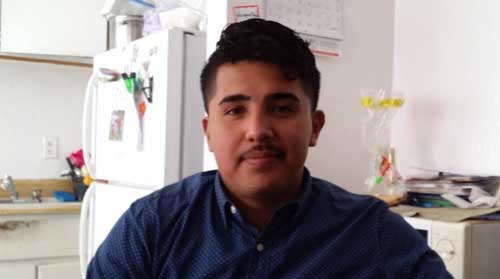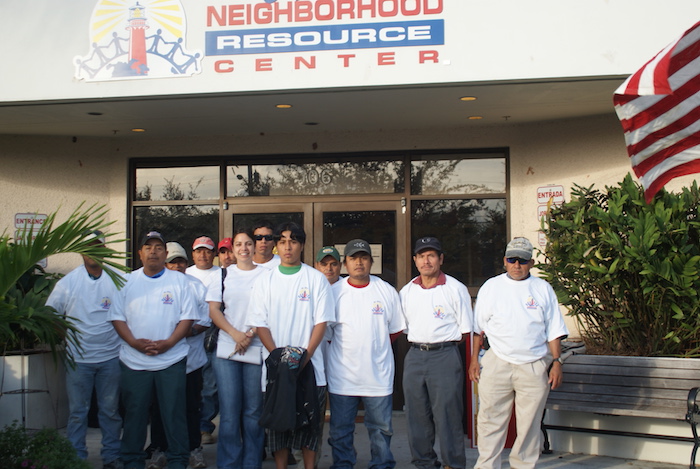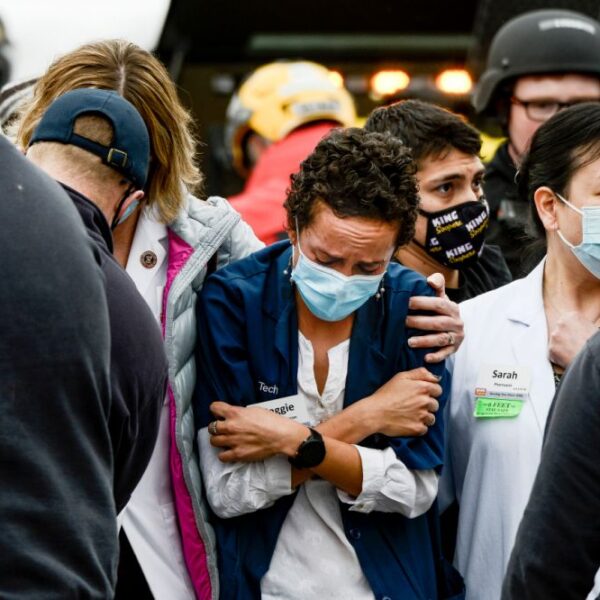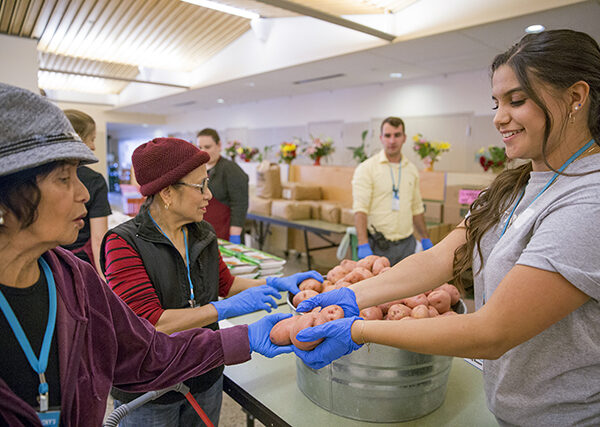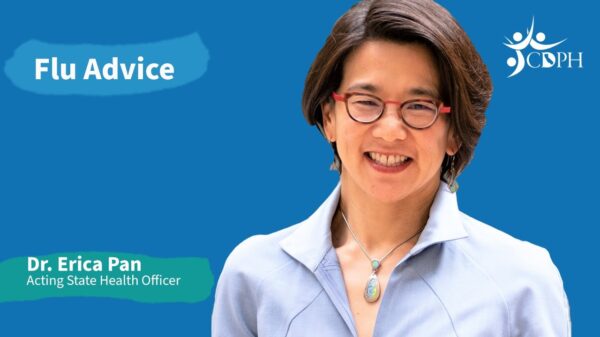Editor’s Note: The original Deferred Action for Childhood Arrivals (DACA) program, launched in 2012, continues to exist and is not affected by the case before the U.S. Supreme Court. Among the benefits of DACA in California is the ability to access the health care program Medi-Cal, writes NAM health reporter Viji Sundaram.
OAKLAND, Calif. — Jesus Pina Sanchez remembers all too vividly that morning two years ago when he was crossing the street near his home and got hit by a car in the crosswalk.
The then15-year-old was rushed by ambulance to Children’s Hospital in Oakland, X-rayed and treated for the bruises he suffered. He was discharged later that day and his parents were slapped with a $10,000 bill, which weeks later went to collections.
With the help of a pro bono attorney, the Sanchez family was not only able to squash the bill but to get $5,000 in settlement from the driver.
At the time of the accident, Sanchez, like the rest of his family, had no legal status. But last year Sanchez enrolled in the Deferred Action for Childhood Arrivals (DACA) program, begun through an executive action by President Obama.
The program, launched in 2012, gives certain undocumented immigrants who came to the United States as children a temporary deportation reprieve that is renewable, access to a Social Security number and a work permit, and the opportunity to enroll in Medi-Cal (California’s name for Medicaid, the federal-state health insurance program for low-income people).
Sanchez met all the eligibility requirements – among other things, he was under 31 years of age when the program was announced in June 2012, had come to the United States before he turned 16 and had continuously resided in the country since June 15, 2007.
But “it was hard for me to convince my parents that I needed to get DACA so I could pursue my academic dreams,” Sanchez said as he sat in the dining room of his parents’ tiny two-bedroom home. “Neither of my parents had a proper education [in Mexico] and they couldn’t understand why I was so eager to go to college.”
The Sanchez family already qualifies for several health care options.
Until this interview, neither Jesus nor his parents were aware they were eligible for Emergency Medi-Cal, which provides health coverage in the event of an emergency. It also covers pre-natal care and end-stage renal diseases. The Sanchez family was income eligible for the coverage – their combined income was less than 138 percent of the federal poverty level annually, which is about $26,813 for a family of three.
Living in Alameda County also made them eligible for Health Pac, an insurance program for county residents who made 200 percent or less of the federal poverty level. For a family of three, that would be $40,320 or less per year. For a brief while, Sanchez’s parents were in the program, but let their coverage lapse last year when it expired, according to his father.
Even if he had not enrolled in DACA, Sanchez would soon qualify for full-scope Medi-Cal through California’s Health Care for All Kids program, set to launch in May. The program allows all children under 19 years of age living in California — documented or otherwise – the opportunity to enroll in Medi-Cal if their family makes less than 138 percent of the federal poverty level.
But now that he has DACA, Sanchez doesn’t have to wait. As a DACA recipient, he can apply for full-scope Medi-Cal now.
Immigrating to the U.S.
Sanchez’s dad, Mario, and his mother, Hermelinda, brought Jesus to the United States when he was eight years old, while their eldest son continued training as a graphic artist in Mexico. Since then, the couple has slogged in the Bay Area – he as a day laborer and she as a house cleaner – to pay their rent, buy food, pay for utilities, educate Jesus and send money back home. Now, Hermelinda also has to buy medication for her diabetes, an expense that sets her back by about $100 each month.
Since age 15, Sanchez has worked weekends in backend jobs in local restaurants, making about $10 an hour.
“It wasn’t much, but it covered my phone bills and a few household expenses,” he said.
Now that he has DACA status, he has a work permit and is able to work in higher paying jobs.
Sanchez has set his sights on becoming a school counselor, a goal he said was inspired by his own experience in middle school when he began to be filled with self-doubt and found his grades slipping.
“A few of my friends dropped out of school,” he said. “I began to feel depressed.”
A school counselor helped Sanchez snap out of it and get back on track.
Sanchez, currently a senior at Success Academy in Oakland, found out recently that he has been accepted by Sonoma State. He has applied for a number of scholarships so he won’t have to struggle to meet the $24,000 in tuition and living expenses.
When reminded about the $10,000 hospital bill following his accident two years ago, he said, “I shouldn’t be taking chances with my health. I’m going to apply for Medi-Cal soon.”
This profile was produced for New America Media in collaboration with Ready California (Ready-California.org), a statewide coalition working to ensure that the maximum number of eligible Californians benefit from DACA and DAPA. For more information about how to apply for DACA, go to: www.ilrc.org/daca.

